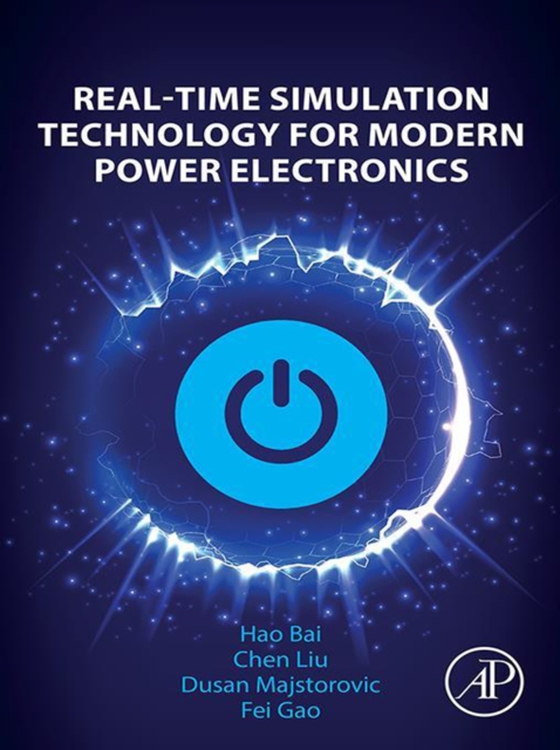
Real-Time Simulation Technology for Modern Power Electronics e-bog
1386,89 DKK
(inkl. moms 1733,61 DKK)
Real-Time Simulation Technology for Modern Power Electronics provides an invaluable foundation and state-of-the-art review on the most advanced implementations of real-time simulation as it appears poised to revolutionize the modeling of power electronics. The book opens with a discussion of power electronics device physic modeling, component modeling, and power converter modeling before addres...
E-bog
1386,89 DKK
Forlag
Academic Press
Udgivet
19 maj 2023
Længde
318 sider
Genrer
THR
Sprog
English
Format
epub
Beskyttelse
LCP
ISBN
9780323995429
Real-Time Simulation Technology for Modern Power Electronics provides an invaluable foundation and state-of-the-art review on the most advanced implementations of real-time simulation as it appears poised to revolutionize the modeling of power electronics. The book opens with a discussion of power electronics device physic modeling, component modeling, and power converter modeling before addressing numerical methods to solve converter model, emphasizing speed and accuracy. It discusses both CPU-based and FPGA-based real-time implementations and provides an extensive review of current applications, including hardware-in-the-loop and its case studies in the micro-grid and electric vehicle applications. The book closes with a review of the near and long-term outlooks for the evolving technology. Collectively, the work provides a systematic resource for students, researchers, and engineers in the electrical engineering and other closely related fields. Introduces the theoretical building blocks of real-time power electronic simulation through advanced modern implementations Includes modern case studies and implementations across diverse applications, including electric vehicle component testing and microgrid controller testing Discusses FPGA-based real-time simulation techniques complete with illustrative examples, comparisons with CPU-based simulation, computational performance and co-simulation architectures
 Dansk
Dansk

